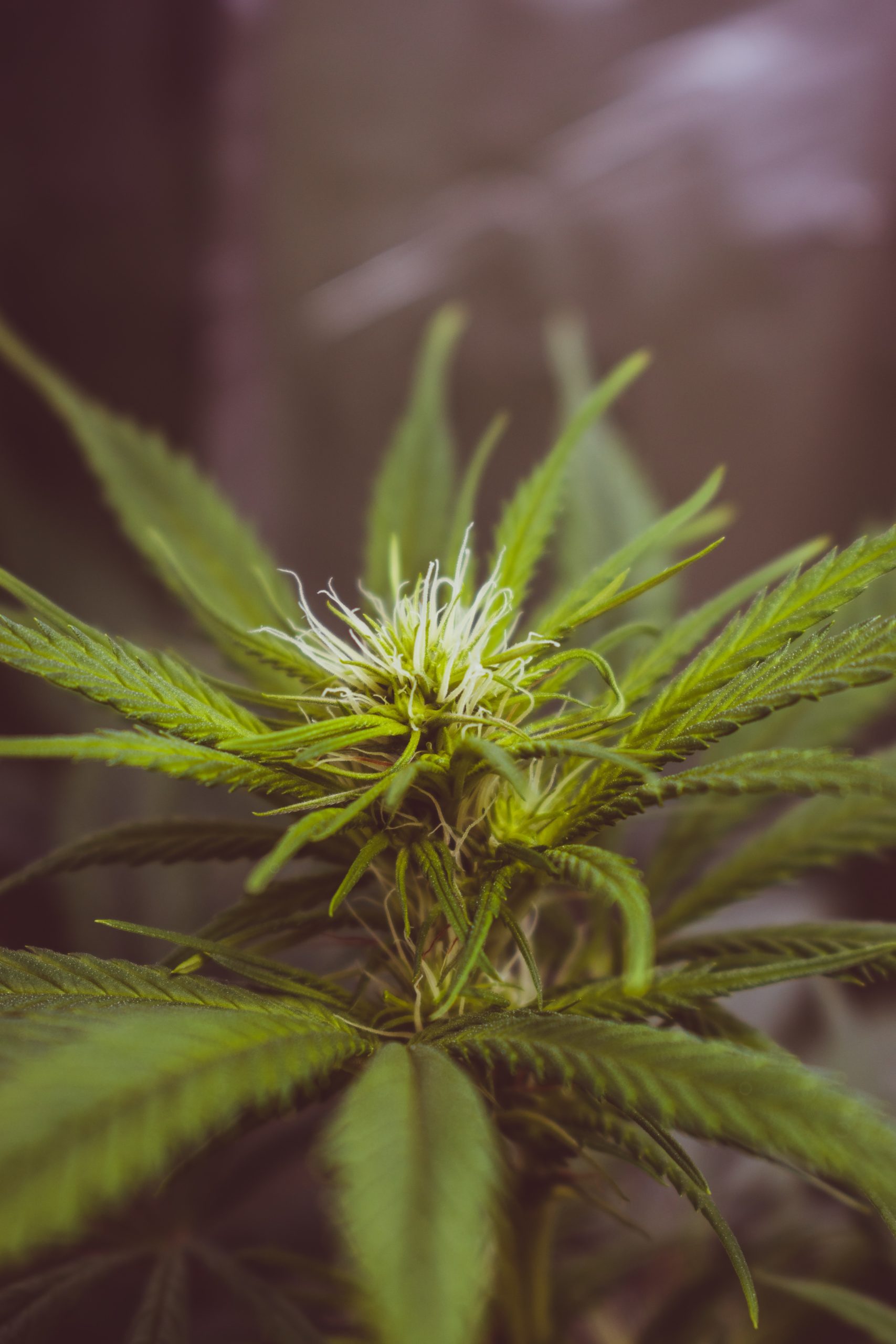HOW IT WORKS
"Organic" & Vegan Cannabis Certifications
01. 1st requirements
legal compliance
This portion of the program allows a grower to openly and confidentially discuss their compliance issues or concerns about their farm site. Each farm seems to have their own questions and concerns and this is a comfortable format to frankly discuss and ask any questions the grower has.
There is a thorough review of the record keeping system of your Clean Green operation. Inputs and growing procedures are reviewed and confirmed that they meet the program requirements. The certification is valid for one year from the date your certificate was issued.
02. 2nd requirements
cultivation methods
Becoming certified requires an application be filled out detailing how the crop is being grown. Questions address topics such as the source of water and electricity, soil erosion protection, border areas (are they natural vegetation allowing for beneficial insects or are the plants next to a toxic area?), pest/weed/disease control, etc. Once the application is completed, a crop inspection may be scheduled. During the inspection it is confirmed that the methods the farmer stated in the application are in fact the methods being used on site. There is a thorough review of all of the inputs the grower is using: fertilizers, pest control sprays, potting soils, etc. Using clean, sustainable methods does not mean going without nutrient amplification or pest control in the garden; there are many inputs allowed under the Clean Green Certified Program, and we will assist a grower in sourcing allowed inputs if needed.
03. 3rd requirement
agricultural inspection
If an inspection is scheduled, this portion of the program includes a close examination of the growing plants themselves. Here the plants are examined for excess molds, mildews, pest problems, or other agricultural problems. Samples are collected and sent to qualified laboratories to test for pesticide residues and other contaminates. The plants are inspected to be free from excess wind borne dust, dirt, or manures. The growing area is observed for soil erosion and border areas that support beneficial insects and birds helping to keep pest populations in check. This portion of the program looks at the overall health of the plants and the growing area. The processing room or area is observed and discussion is had regarding the need for a clean processing facility for chemically clean agricultural products. Contamination of a crop is often most likely to occur in the processing areas as the entire crop is being concentrated into a smaller area. Discussion is had as to the manner in which to process the crop so it will not degrade quickly, and that it is stored in a safe, secure and healthy manner. We are also qualified to inspect post-harvest processing/handling facilities and business operations.

